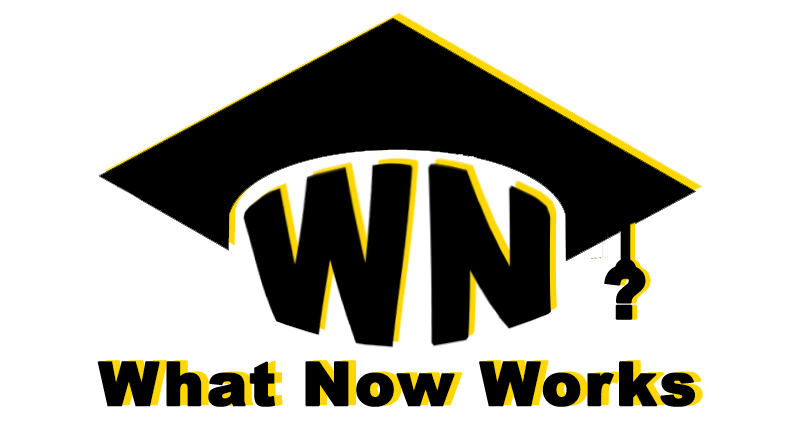Let’s face it, job searching can feel like trying to stand out in a crowd of people all waving their arms and shouting, “Pick me!” So how do you rise above the noise? You craft a personal brand that’s clear, compelling, and impossible to ignore.
You can showcase your personal brand in your resume, LinkedIn profile, or in your elevator pitch that gives people a snapshot of who you are, what you’ve done, and why you’re amazing. Whether you’re applying for a job, networking at an event, or updating your online profile, a strong summary is your golden ticket to getting noticed. But writing or saying this isn’t always easy. What do you include? How do you strike the right balance between professional and approachable?
Let’s walk through how to craft an introduction that gets to the heart of your expertise and what makes you the right candidate for the job. Think of it as your personal highlight reel, designed to grab attention and make an impact.
What Have You Been Doing?
Start by showcasing your current or most recent role. Don’t just throw in your title and call it a day. Instead, give context and highlight why your role matters. Think about the scope of your work and its impact on your company and the industry.
Think about:
• Scope: What does your role encompass?
• Significance: Why is your work important?
• Achievements: What results have you delivered?
A Boring Response:
“I’m a Marketing Manager for a lifestyle company”
A Standout Response:
“I’m a Marketing Manager specializing in digital campaigns for a lifestyle company. I’ve led global teams to increase the brand’s online engagement by 35% in one year, (Don’t have a metric? You can substitute that for “ I’ve led global teams to double the brand’s online engagement in a year”) launching campaigns that have generated $3M in new revenue.”
The difference? One tells a story. The other is a title on a business card.
What Experience Do You Have?
Your experience is your proof of capability. It’s where you demonstrate that you’ve tackled similar challenges before and can do so again. The key here is to prioritize roles and accomplishments that align with your target job. When possible, connect your experience to tangible outcomes. Numbers and data points make your accomplishments pop, helping people see the impact you’ve had in past roles. But what if numbers aren’t available? That’s where qualitative storytelling comes in. Focus on the actions you took, the problems you solved, and the lasting impact of your work.
Example Response:
“As a Data Analyst, I designed and implemented a forecasting model that improved decision-making for leadership, helping the company allocate resources more effectively and position itself for long-term success.”
What’s Your Passion or Mission?
This is the “why” behind your work. Why do you show up every day? Why do you care about what you do? Connect this authentic response to the impact you aim to create.
Example Response:
I’m driven to enhance accessibility in education through technology, empowering individuals with disabilities to reach their potential.”
What Are Your Strengths?
Talk about your strengths but keep it real. Generic terms like “hardworking” or “team player” aren’t going to help you stand out. Everyone claims them, and they don’t give recruiters or hiring managers a sense of what you uniquely bring to the table. Instead, focus on strengths that solve real problems for employers. prove your strengths is to back them up with measurable results.
Example Response:
“My ability to simplify complex data and present actionable insights helped leadership streamline decision-making processes and identify key growth opportunities, positioning the product for long-term success.”
How Can You Add Value and Stand Out from Other Candidates?
Here’s the ultimate question every hiring manager is asking: Why should we hire you? To answer this, you need to articulate two things:
How your skills and experience will directly contribute to the company’s goals.
What unique qualities set you apart from every other qualified candidates.
Start by understanding the company’s challenges or priorities. Do some research to uncover what they’re looking for in a candidate—whether it’s scaling a team, driving innovation, or solving a specific problem. Then, tailor your response to show how your expertise aligns with their goals.
Now it’s time to stand out. Think about the unique combination of skills, experiences, and perspectives that only you bring. Maybe it’s your technical expertise paired with strong communication skills, your ability to manage high-pressure situations, or your track record of turning around struggling projects.
Example Response:
“I bring a proven track record of driving growth in North America and EMEA. I’ve scaled marketing teams from 10 to 50 and delivered results that boosted the company’s market share. What sets me apart is my ability to foster collaboration across departments, combining technical know-how with strategic leadership to deliver results. I’m excited to bring this expertise to your organization, helping you navigate your next growth phase seamlessly.”
Once your branding statement is ready, test it out! Use it in networking conversations, update your LinkedIn profile, and refine it for your resume. You’ll know it’s working when recruiters and hiring managers start saying, “Tell me more about that!”

